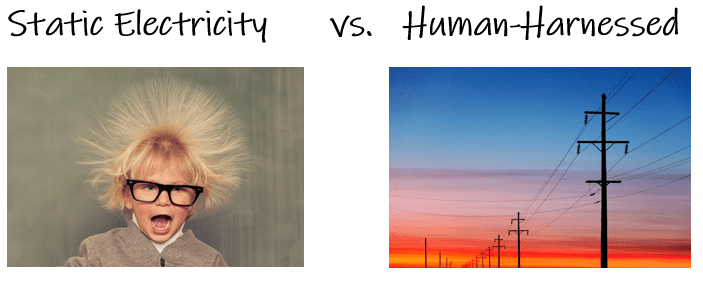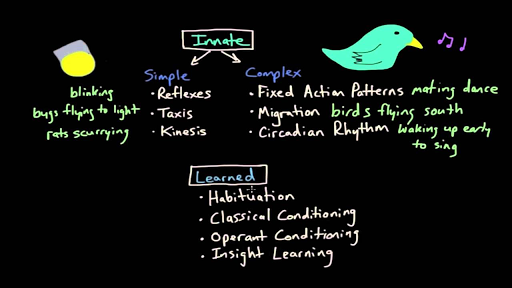What are two examples of a chemical change?
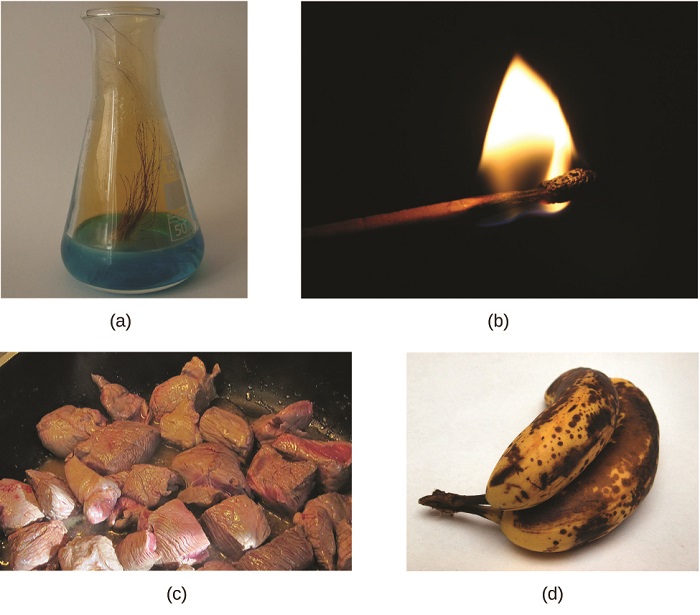
What is Baking a cake and rusting of iron 
 Explanation:A chemical change involves a transformation that alters the chemical composition of a substance.
Explanation:A chemical change involves a transformation that alters the chemical composition of a substance.
What is static electricity? What is human-harnessed electricity?
What is static electricity is when you have too many or too few electric charges in one place, like when you rub a balloon on your hair! Human-harnessed electricity is when we use machines to make and use electricity, like power plants making the electricity that lights our homes.  Human-harnessed electricity is the controlled flow of electricity produced by humans.
Human-harnessed electricity is the controlled flow of electricity produced by humans.
What is a microorganism? 
What is a microorganism, also known as a microbe, is an organism that is microscopic, meaning it is too small to be seen by the naked eye. These organisms can be single-celled or multicellular and include bacteria, archaea, fungi, protists, and viruses. 
What is an instinct? What is a learned behavior? 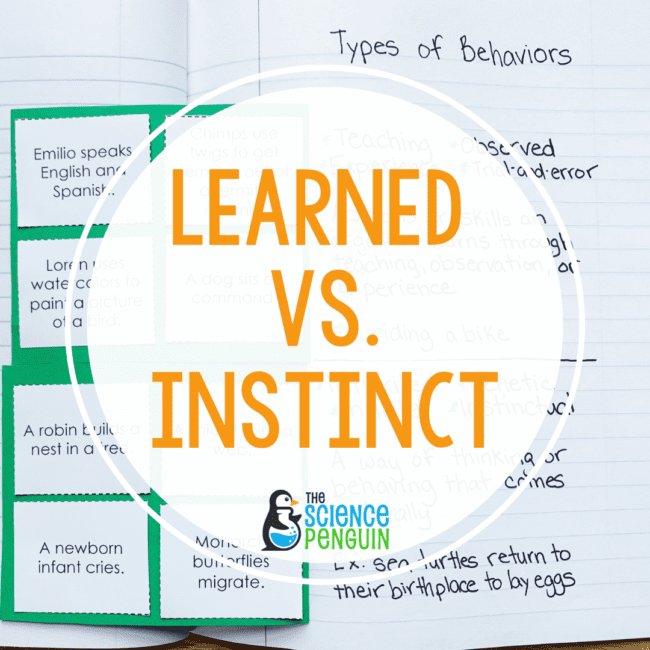
What is so, instincts are like things we're born knowing how to do, like a baby knowing how to suckle. They help us survive! Learned behaviors are things we learn by doing and watching, like riding a bike or learning to read.
What is a seed-producing plant? What is a non-seed-producing plant?
What is seed-producing plants reproduce via seeds, while non-seed-producing plants reproduce using methods like spores or vegetative propagation.
Compare and contrast mixing sand with water versus mixing salt with water. How do their physical changes differ?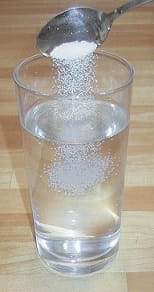
What is Sand and water doesn't mix completely,but salt and water mix perfectly so you can't see the salt anymore.Explanation:Sand doesn't dissolve in water, so you can still see it, but salt disappears into the water because it dissolves.
How are static electricity and human-harnessed electricity different?
Static electricity is unpredictable and not easily controllable, making it unsuitable for practical applications, whereas human-harnessed electricity is designed for control and use in powering devices and systems.
Compare harmful and beneficial microorganisms.
What is beneficial microorganisms help with digestion, food production, and environmental cleanup. Harmful microorganisms can cause infections, spoil food, or damage crops. For example, Lactobacillus in yogurt is helpful, while Salmonella can cause food poisoning.
What is one way that an instinct is different from a learned behavior? What is one way they are similar?
one way they are similar?
What is instincts are not learned, they both influence how an organism interacts with it's surroundings.
How can we tell the difference between a seed plant and a non-seed plant just by looking at them or researching?
What is by looking for the presence of seeds, cones, flowers, or fruits, and by researching their reproductive structures, life cycles, and vascular systems. 
Explain why some substances dissolve in water while others do not. Use scientific reasoning to support your answer.
What is Water dissolves things that are similar to it (polar or ionic), but not things that are different(nonpolar) 
How do people use static electricity in real life? How do people use human-harnessed electricity?
What is we use static electricity for even painting, cleaning factory air, and making copies; human-harvested electricity powers our homes through power grids, runs our devices via batteries, and even moves electric cars using generators and solar power.
Explain how the structure of a plant cell supports its function in a plant's survival.
What is the cell wall provides rigid structure for support and helps the plant stand upright. Chloroplasts allow the plant to perform photosynthesis, creating energy. The large central vacuole (not explicitly in the standard, but often present) stores water and helps maintain pressure inside the cell.
Why do animals need both instincts and learned behaviors to survive in their environment?
What is animals need instincts to do important things like breathing, hiding from predators, or finding food right after birth. They need learned behaviors to adapt to new environments or situations—for example, a bear learning which areas have the most food.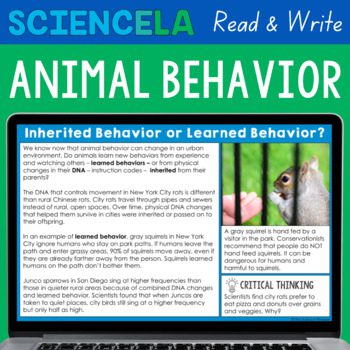
Why is it helpful for scientists to sort animals into groups like vertebrates and invertebrates?
Sorting animals helps scientists organize information and understand how animals are alike and different.
It also helps us study animals’ body structures, behaviors, and how they survive. 
Create a model or simulation to show how mixtures can be physically separated using different techniques like filtration, magnetism, and evaporation. How could this knowledge be useful in environmental science or industry? 
What is we can separate stuff in mixtures like sand and water using filters, magnets for iron bits, and letting water disappear to leave salt behind, which is useful for cleaning water and making things in factories. 
Imagine you are designing a new way to use electricity. Would you use static or human-harnessed electricity? Why? 
I would use human-harnessed electricity because it is more reliable and can power machines for a long time. Static electricity cannot provide steady energy, so it would not be good for running appliances. 
Develop a model-based presentation that explains how cell structures relate to the specific roles of plant and animal cells in multicellular organisms. Include visual aids and scientific vocabulary to support your explanation.
What is enhance the presentation with high-quality visuals, interactive elements, real-world connections, and clear analogies for effective communication, while preparing concise answers to common student questions. 
Create an interview with a zookeeper, wildlife expert, or pet owner. Include at least 3 questions about animal instincts and 3 about learned behaviors. Afterward, explain how the answers help you compare and contrast the two types of behavior.
What is Instincts:What is a behavior your animal does without being taught?Are all animals of that species born with the same behavior?How does that behavior help the animal survive? Learned Behaviors:What is something you taught your animal to do?How long did it take the animal to learn it?What tools or techniques helped with training?
Create a model (chart, poster, or slideshow) that shows how animals are sorted into vertebrates and invertebrates, and how vertebrates are sorted into 5 groups. Explain your choices.

Why does a whole apple turn brown slower than an apple cut into tiny pieces, even though cutting is just a physical change? 

What is the browning of an apple is due to a chemical reaction caused by the action of enzymes which means The browning of an apple is due to a biological molecule that speeds up chemical reactions within living cells. https://www.youtube.com/watch?v=gbArE5dv0W4&pp=0gcJCdgAo7VqN5tD
Is rubbing a balloon to get static electricity like the way power plants make the electricity that runs our homes, or are they super different because of how the electrons move? 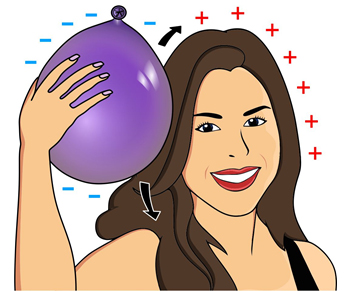
What is static electricity from a balloon is caused by an electron imbalance creating a surface charge, unlike power plants which generate continuous electrical current through controlled electron flow in a circuit.
Can you think of any other examples of mutualistic relationships between plants and animals besides pollination, and explain why they benefit each other?
What is one example of a mutualistic relationship between plants and animals, besides pollination, is seed dispersal.
Think about yourself and your family. What are some physical traits (like eye color, hair color, or height) that you share with your parents or other family members? How do you think these inherited traits are passed down from one generation to the next?
What is I share physical traits like brown eyes, dark hair, and similar height with my family, inherited through genes—segments of DNA carrying instructions for building and maintaining our bodies—passed down during reproduction.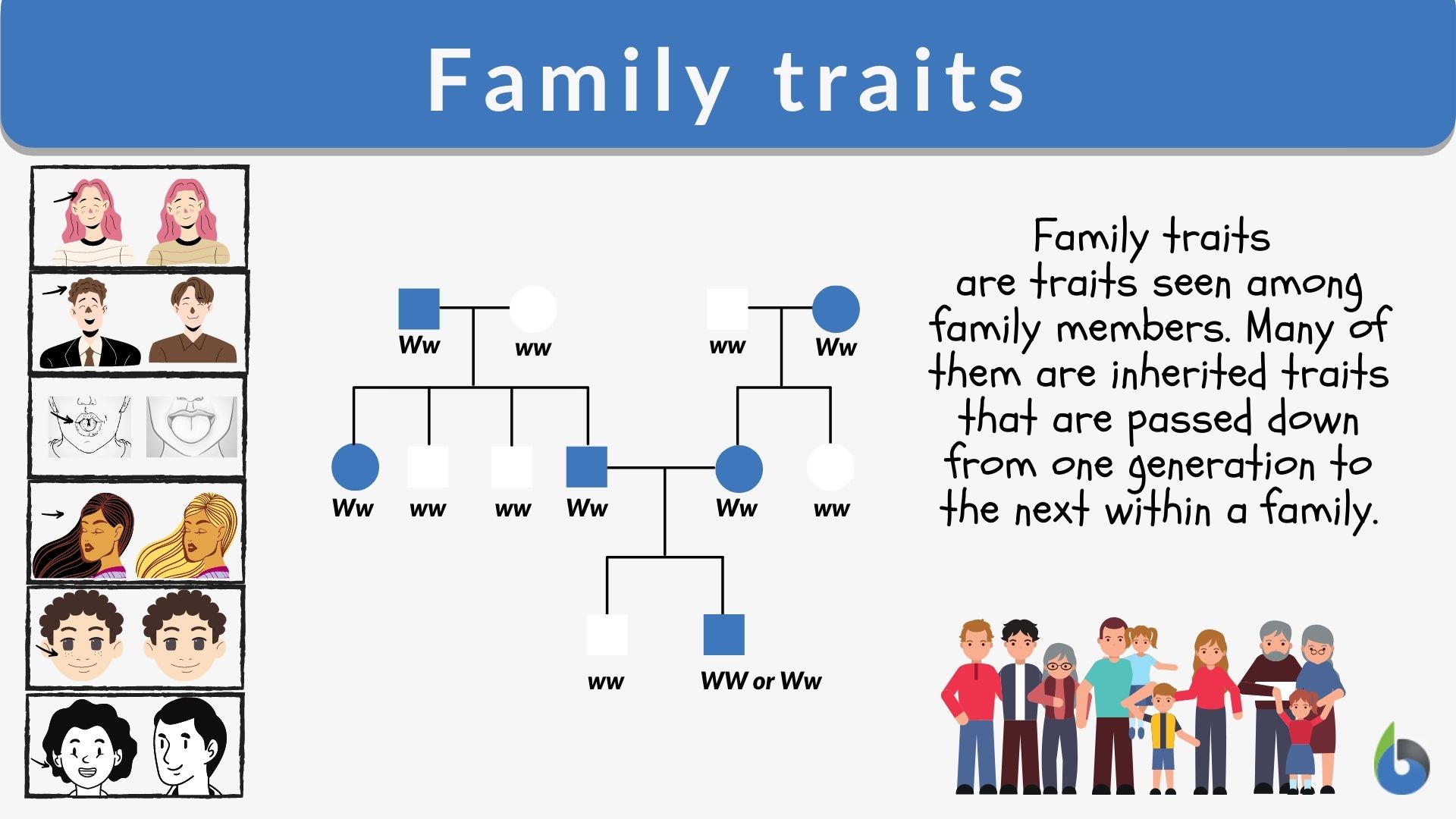
Can you name three different groups of vertebrates and give an example animal for each group, explaining one characteristic that helps classify them into that group?
Mammals (like lions), birds (like eagles), and reptiles (like snakes) are three distinct vertebrate groups.
